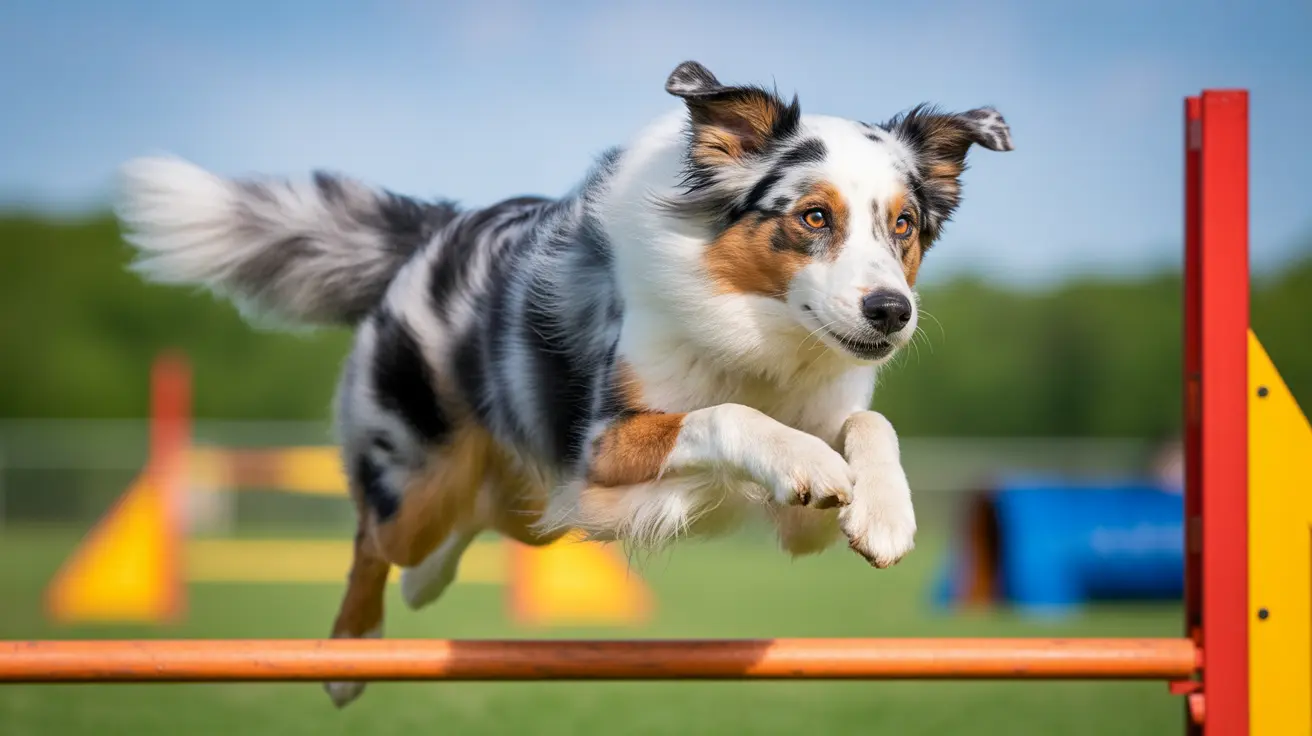The Calmest Terrier Breed: Exploring the Lakeland Terrier
Terriers are beloved for their spirited personality, sharp senses, and adventurous nature. But for dog lovers who appreciate a terrier's charm yet prefer a calmer companion, certain breeds stand out for their more composed demeanor. One terrier breed often recognized for its manageable temperament is the Lakeland Terrier.
Origin and Heritage of the Lakeland Terrier
The Lakeland Terrier hails from the Lake District of northern England. Originally bred by farmers in the 1800s, this sturdy dog was developed to hunt foxes threatening sheep, especially in rocky terrains. The breed boasts lineage from several early terriers, including the now-extinct Old English Black and Tan Terrier, Dandie Dinmont Terrier, Bedlington Terrier, Border Terrier, Welsh Terrier, and even influences from the Fox and Airedale Terriers. This heritage contributes to both the Lakeland’s hunting drive and its temperamental balance.
Appearance and Structure
- Height: 13.5–15 inches (34–38 cm)
- Weight: 15–17 pounds (7–8 kg)
- Body type: Compact, with a narrow chest and muscular frame
- Coat: Double-layered with a wiry outer coat and soft undercoat
- Color variations: Includes black and tan, blue and tan, wheaten, red grizzle, liver, and others
The breed’s coat is particularly suited for owners who value cleanliness, as the Lakeland sheds minimally when properly groomed.
Temperament: Why the Lakeland Terrier Ranks Among the Calmest
Despite their working background and high energy, Lakeland Terriers are relatively calm for a terrier. They are bold and confident, but selective breeding and temperament refinement have made them especially affectionate, friendly, and adaptable. When provided structure and regular exercise, Lakelands show an even temperament, making them excellent for households that can provide attention without needing excessive management.
Key traits include:
- Independent but affectionate
- Alert and intelligent
- Playful without being hyperactive
- Enjoys both activity and quiet companionship
Training and Socialization
Lakelands are highly intelligent, quick learners with a touch of terrier aloofness. Early training and socialization are crucial for shaping a well-adjusted dog. They respond well to positive reinforcement techniques and enjoy game-based learning. Harsh discipline or repetitive routines often lead to disengagement.
Training recommendations:
- Begin early—start socializing as a puppy
- Use consistent, reward-based commands
- Incorporate fun challenges like agility or puzzle toys
Exercise and Living Environment
While calm indoors, Lakeland Terriers do best with daily exercise of 30–60 minutes. They relish outdoor activities such as:
- Brisk walks or jogs
- Play sessions in secure yards
- Agility or barn hunt sports
Because they are alert and prone to bark, proper training helps minimize nuisance barking. They are happiest with a structured routine that balances activity and downtime. Their compact size and polite demeanor make them well-suited to both city and country living environments, assuming their mental and physical needs are met.
Grooming Needs
The Lakeland Terrier has a low-shedding coat, but maintenance is key. Proper grooming includes:
- Weekly brushing to avoid matting
- Professional hand-stripping 2–3 times yearly to maintain coat texture
- Trimming nails and cleaning ears routinely
Owners desiring a more relaxed grooming schedule may prefer clipping the coat, which softens the texture but keeps the dog comfortable and tidy. Regular baths and dental care should also be a part of the grooming routine.
Health and Longevity
The Lakeland Terrier is generally a healthy breed with a lifespan of 12–16 years. Responsible breeding and vet care reduce the risk of hereditary conditions. Some notable concerns include:
- Patellar luxation
- Canine cramping syndrome
- Legg-Calvé-Perthes disease
- Primary Lens Luxation
- Von Willebrand’s disease
Routine vet checkups, vaccinations, and early screening for these conditions contribute to a long, active life.
Feeding and Nutrition
A proper diet helps regulate energy levels and supports long-term health. Lakelands thrive on high-quality kibble tailored to small, active breeds. Puppies may need multiple meals daily, while adults benefit from portion control to prevent obesity. Always provide clean, fresh water.
Is the Lakeland Terrier Right for You?
If you’re seeking a small, intelligent, and somewhat calm terrier breed with a bold personality and manageable energy, the Lakeland may be a perfect fit. Prospective owners should consider:
- Experience: Ideal for owners familiar with terrier traits
- Commitment: Needs regular grooming and exercise
- Home environment: Good with older children; requires boundaries with smaller pets
Fun Fact
Champion Stingray of Derryabah, a Lakeland Terrier, made history by winning Best in Show at both Crufts and Westminster—a rare accomplishment that highlights this breed’s distinction in the dog world.
Conclusion
The Lakeland Terrier presents a unique balance of the quintessential terrier spirit and a gentler, more composed demeanor. While no terrier is truly “low energy,” the Lakeland adapts impressively to a family lifestyle, particularly with consistent structure and interactive outlets for exercise. For those searching for the calmest of the terrier family, the Lakeland rises as a worthy contender.





